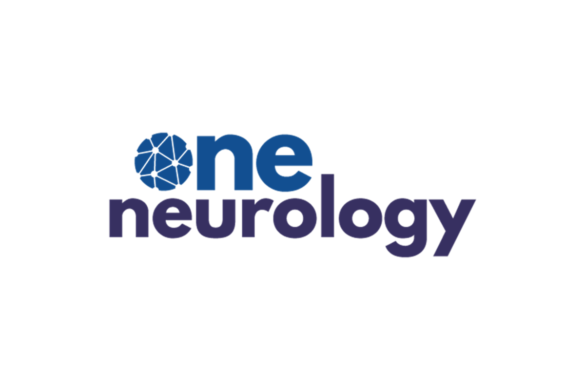Plenary Symposium 3: Outcome measures in clinical studies (overarching theme)
Main Auditorium, Monday, June 26, 2017, 10:00-12:00
Chairperson:
Selma C Tromp, Nieuwegein, The Netherlands
Martin J. B. Taphoorn, DEN HAAG , The Netherlands
Outcome measures in epilepsy studies
Paul A.J.M. Boon, Ghent, Belgium
Outcome measures in neuromuscular disease studies
Marianne de Visser, Amsterdam, The Netherlands
Outcome measures in Multiple Sclerosis studies
Bernard M.J. Uitdehaag, Amsterdam, The Netherlands
The plenary symposium on the overarching congressional theme of outcome measures had a royal seal of approval with a visit from Queen Maxima of The Netherlands, who listened as speakers took us through several different disease areas.
First, Prof. Martin Taphoorn from Leiden described measures used in neuro-oncology trials, contrasting pros and cons of measuring survival, progression-free survival and surrogate imaging measures, discussing potential confounds from salvage treatment, and pseudoresponses. Patient, care givers and clinician-reported measures, and performance-based assessments are now integrated with more traditional survival measures, aiming to better capture net clinical benefits. Application of outcome measures to trials of temozolamide and bevacizumab were illustrated, and the importance of considering current limitations emphasized. A working group continues to refine the approach in neuro-oncology.
Next, Prof. Paul Boon from Ghent took us through epilepsy, emphasizing that the traditional approach of counting seizures has been shown to be flawed with under-reporting rates of up to 50% demonstrated in recent studies. Alternative approaches capturing seizure severity, tolerability, adverse effects and quality of life were discussed. Patients report that they especially value independence and care givers emphasize aspects of mood impact. Simply remaining on anticonvulsant treatment has merits as a pragmatic outcome measure and is endorsed as a secondary outcome by the ILAE. New ways of quantifying seizures are emerging with technological advances. The goal is to achieve seizure freedom for patients, which correlates with quality of life.
Prof. Marianne de Visser from Amsterdam discussed a diverse range of neuromuscular disorders and the necessarily wider range of outcome measures that have been used to capture disease-specific change, choosing Pompe’s disease, Charcot-Marie-Tooth disease, myositis and spinal muscular atrophy to illustrate the relevant issues. Survival, measures of leg and arm muscle performance, forced vital capacity, questionnaires and incorporation of biochemical parameters such as serum CK were all covered. She concluded by showing videos of children with SMA1 sitting supported, from the recent antisense oligonucleotide trials, a wonderful example of an emerging treatment in a previously universally fatal neuromuscular disease, and highlighting that successful trials can only occur with appropriate outcome measures.
Finally, to a field in which therapeutic progress has been rapid over recent years, that of multiple sclerosis. Prof. Bernard Uitdehaag from Amsterdam described the evolution of outcomes from clinicians counting relapses, through Kurtke’s original disability assessment scale in 1955, later refined to the expanded disability status scale (EDSS) in 1983, which is still in regular use, the development of the multi-domain performance-based MSFC in the 1990s, and recent moves towards patient-reported measures. Therapeutic progress has enabled “raising the bar” in terms of defining the extent of disease control that is measured and the term NEDA is now used, which indicates no evident disease activity in terms of relapses, disability progression and MRI inflammatory activity. More recently, NEDA definitions are being further expanded, incorporating also no pathological volume loss on MRI and no cognitive deterioration.
Overall, the examples provided highlighted the progress that has been made recently, and that we are now treating diseases that, until recently, were considered essentially unmodifiable. The integral importance of appropriate outcome measures to drive this progress was emphasised.
By Tom Jenkins












